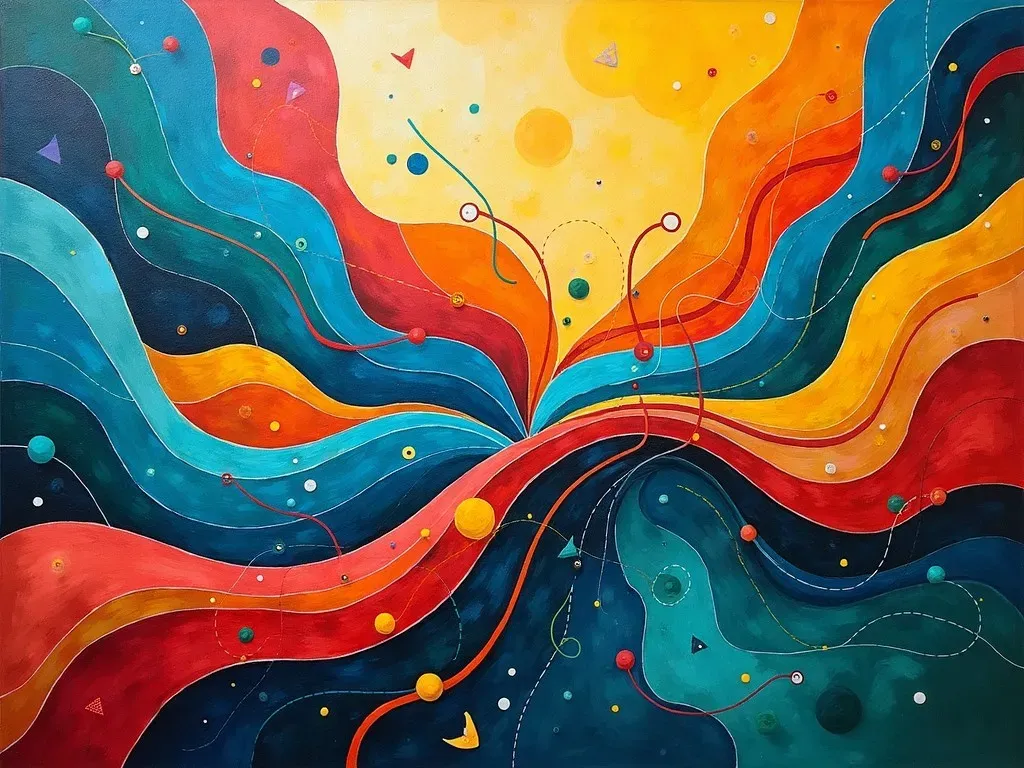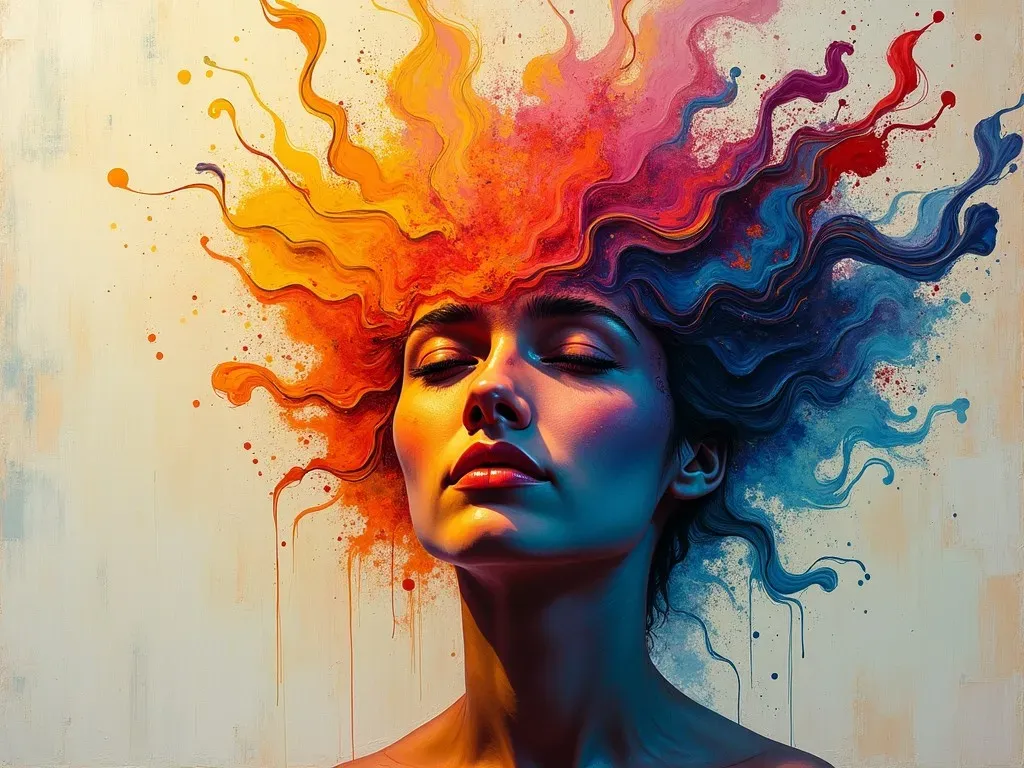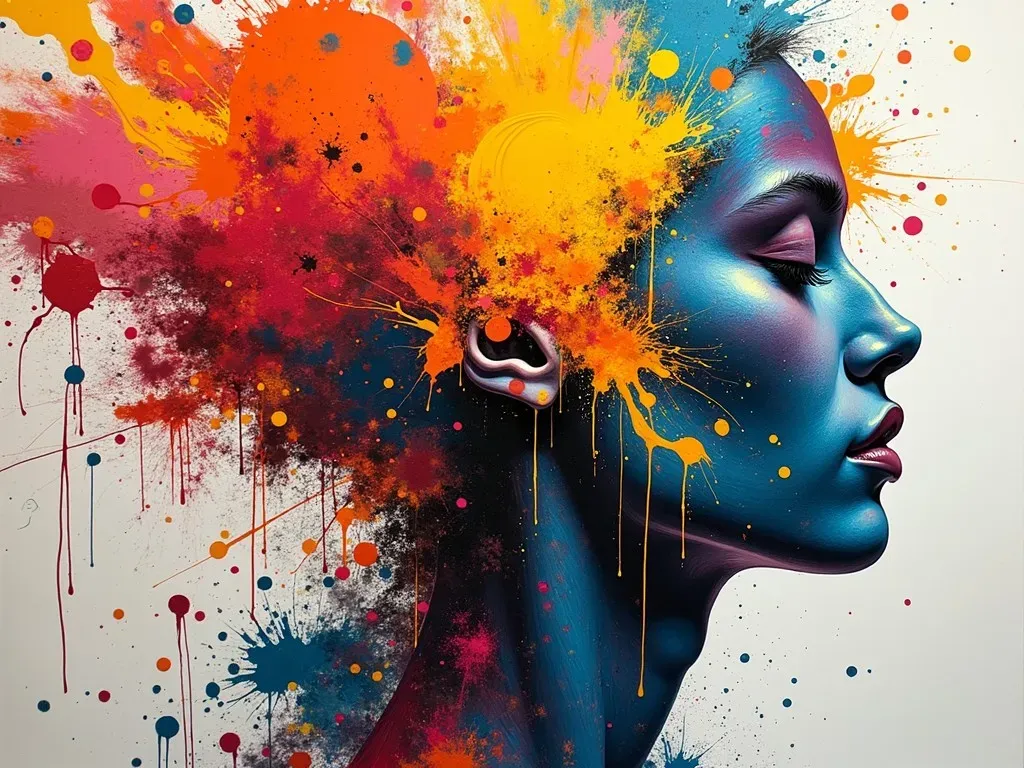Art titles are essential when it comes to presenting and interpreting artwork. They serve not only as identifiers but also as gateways to deeper understanding, guiding the viewer’s engagement with the piece. The right title can reflect Inspiration, evoke emotion, and even leave room for personal interpretation. This article presents a wide array of art titles examples that will spark your creativity and assist in naming your artwork.
Art Titles Examples: Categories and Popular Themes
1. Abstract Art Titles
Abstract art often provokes emotion without depicting the physical world. Art titles in this genre can hint at feelings, colors, or movements. Here are some examples:
| Title | Description |
|---|---|
| Whispering Colors | Suggests an interplay of hues. |
| Fractured Dreams | Evokes a sense of brokenness and lost desires. |
| Dance of Shadows | Implies movement and depth in dark tones. |

2. Nature-Inspired Titles
Connecting art to nature can evoke serenity and beauty. Here are some ideas:
| Title | Description |
|---|---|
| Essence of Autumn | Celebrates the changing colors of the season. |
| Oceans Apart | Reflects the vastness and isolation of water. |
| Blossoming Dreams | Ties the growth of flowers to personal aspirations. |

3. Whimsical Titles
Titles that play with words or use humor can add charm and intrigue:
| Title | Description |
|---|---|
| The Cat’s Pajamas | A playful take on a cat depicted in a comical pose. |
| Cloud Nine | Conveys a feeling of bliss, possibly paired with fluffy clouds in the painting. |
| A Midsummer Night’s Scream | A twist on Shakespeare that might hint at an eerie scene. |

4. Emotion-Driven Titles
Art often reflects deep emotions; a title can help convey this:
| Title | Description |
|---|---|
| Echoes of Solitude | Speaks to themes of loneliness and reflection. |
| Fragments of Joy | Suggests fleeting moments of happiness captured in art. |
| The Weight of Regret | Evokes feelings of remorse and internal conflict. |

Tips for Creating Memorable Art Titles
- Keep it Short and Simple: Concisely convey the concept without overcomplicating the title.
- Use Evocative Language: Choose words that elicit strong imagery or emotions.
- Consider Symbolism: Use metaphor or symbolism to suggest deeper meanings.
- Link to the Theme: Reflect the primary theme of your artwork in the title.
Example: Naming Abstract Art
While naming abstract art, consider how you want viewers to feel or what you want them to think about when they see the piece. Here’s a fictional abstract painting titled “Chaotic Serenade”. This title implies a mix of order and disorder, invoking thoughts of music intertwined with the chaotic nature often reflected in abstract art.
Reference Video
Exploring Famous Art Titles
Some renowned artworks feature titles that have become iconic. The titles themselves often contain layers of meaning. Below are a few examples of notable titles and what makes them significant:
| Artwork | Artist | Title Meaning |
|---|---|---|
| The Starry Night | Vincent van Gogh | Reflects Van Gogh’s emotional turmoil and connection to nature. |
| The Persistence of Memory | Salvador Dalí | Suggests the fluid nature of time as portrayed in the surreal landscape. |
| Campbell’s Soup Cans | Andy Warhol | A commentary on consumerism and mass production in art. |

Artistic Titles in Contemporary Art
In today’s art world, titles have taken on new significance. Here are some current trends in art titles:
- Inclusion of Personal Experience: Artists often share personal stories to add meaning, such as in titles like Memories from My Childhood.
- Use of Sentence Fragments: Titles like What Lies Beneath hint at deeper themes without fully revealing the content.
- Play on Words: Clever twists on common phrases can attract interest—consider Feeling Blue for a piece that uses predominantly cool colors.
Recent Trends in Art Titles (Table)
| Trend | Description |
|---|---|
| Personal Experience | Titles reflecting the artist’s life events. |
| Sentence Fragments | Hints at themes without full disclosure. |
| Puns and Wordplay | Engaging and catch attention. |

Frequently Asked Questions (FAQ)
Q1: How do I choose a title for my artwork?
A1: Consider the emotion, inspiration, and themes within your piece. Use descriptive language, metaphor, and personal connections to capture the essence of your work.
Q2: Are there any tools available for generating art titles?
A2: Yes, online art title generators can help provide inspiration. However, personalizing your title based on your unique perspective often results in a more meaningful title.
Q3: Should I keep my titles simple?
A3: Yes. Simple titles can be more memorable and effective but ensure they encapsulate the essence of your artwork.
Q4: What if I can’t find the right title?
A4: Don’t rush the process. Consider taking breaks and revisiting your piece. Sometimes the right title comes to you unexpectedly.
Q5: Can I use quotes from literature or songs as titles?
A5: Absolutely! Just ensure they connect meaningfully to your artwork, and give credit if necessary.
By considering the recommended examples, themes, and creative titling methods, artists can develop artwork titles that connect deeply with audiences, enhancing the experience and understanding of the art. Dive into your creativity and explore the endless possibilities that come with naming your pieces!
